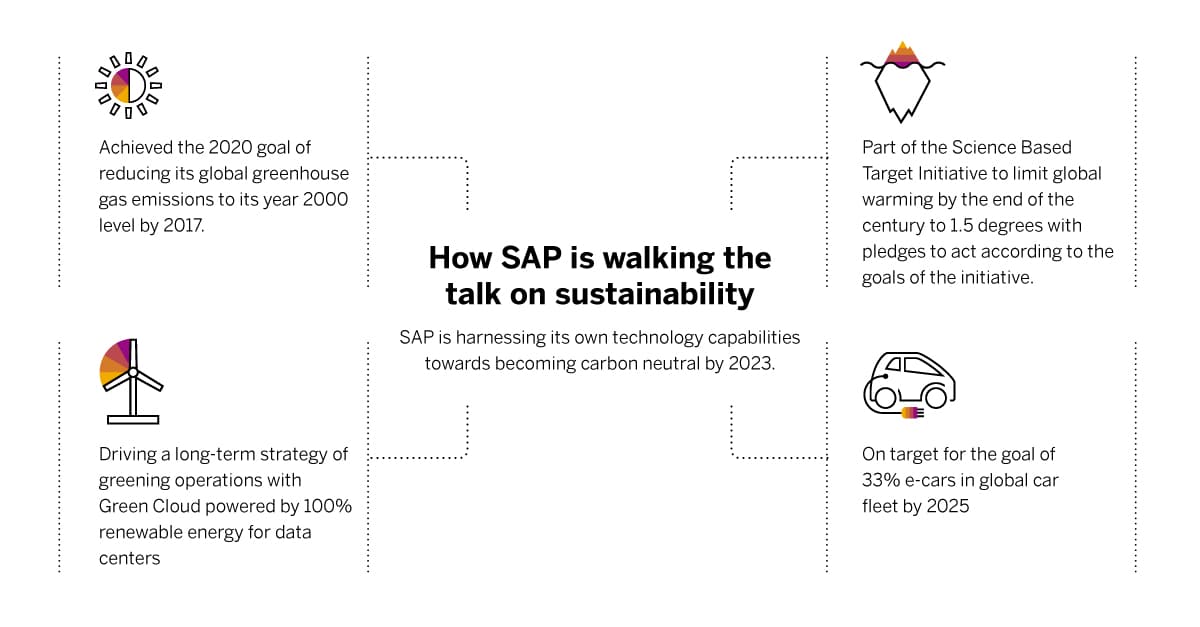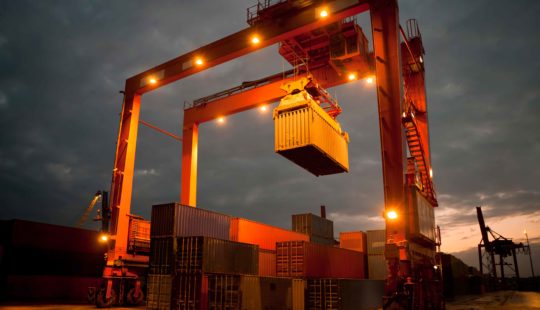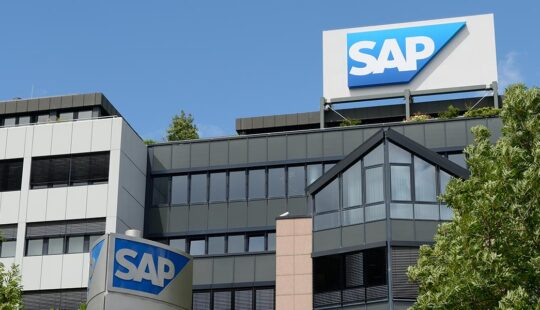A series by Manish Prasad, Head of Industries, SAP Indian Subcontinent explores the Indian sustainability landscape set against broader global shifts towards a greener tomorrow. Read on.
As the COP26 delegates concluded negotiations in November 2021 at Glasgow, it became clear that climate commitments would reshape the agenda for businesses around the world. India demonstrated the intent to move away from fossil fuels as much, and as early as possible pledging to:

Source: Press Information Bureau Government of India
With greenhouse gas emissions becoming central to any discussion on energy system choices, it is time to look at India’s role in the global context, given its unique challenges. As sustainability becomes critical to business success and not an afterthought, India is keen on keeping pace with the world in its race to net zero. That’s why there has never been a better time for Indian businesses to understand the acceleration of climate action across industries.

India is now committed to the energy transition of decarbonization and achieving a state of net zero emission, making remarkable progress in recent years. It now has the 5th largest solar and 4th largest wind power capacity in the world, with its total capacity being over 100 GW. But there still is a long road to travel if it is to realize its commitments, and this is where private businesses come in. Responsible companies are throwing their weight behind net-zero commitments that are outpacing the formation of supply chains, market mechanisms, financing models, and other solutions and structures needed to smooth the world’s decarbonization pathway. For the Indian business, these conditions will create opportunities to innovate and to lead coordinated action by industry peers, value-chain partners, capital providers, and policymakers.

By accelerating the strategic shift towards carbon-neutral operations, SAP is standing by its commitment to the role of a frontrunner in climate protection.
With sustainable development and the climate change movement gaining momentum in India, the sustainability reporting landscape is changing rapidly. The push from investors has further accelerated this movement, and it is now incumbent on companies to report their sustainability performance in order to maintain transparency with stakeholders. Sustainability reporting frameworks have evolved over time and companies worldwide have adopted these frameworks for measuring, monitoring, and disclosing performance in areas related to environmental, social, and governance (ESG).
The Evolving Indian Regulatory Framework
While global ESG disclosures and frameworks such as the Global Reporting Initiative (GRI), Integrated Reporting (IR) and Sustainability Accounting Standards Board (SASB) are well known, India is gradually moving towards developing regulations around ESG. With the introduction of the Business Responsibility and Sustainability Reporting (BRSR) framework, SEBI has joined the group of countries and international organizations to have released comprehensive sustainability reporting frameworks. Though the reporting mandate is presently restricted to the top 1,000 listed companies by market capitalization, there is reason to believe that a wider range of companies would soon be covered under it. Advancements in the regulatory climate mean that mandatory disclosure will be part of the evolving operating environment in India. All companies will need to have policies and practices to manage and report policies related to consumption and emissions, and more crucially the leadership and intent to see these changes through. Technology will play an increasing role in internalizing the way these changes will affect how businesses are run.

Incentivizing Energy Intensive Sectors
The economics of carbon offsets is going through rapid development, incentivizing energy-intensive companies to fundamentally change the way they do business. The Perform, Achieve, Trade (PAT) scheme by the National Mission for Enhanced Energy Efficiency is a regulatory instrument aimed at reducing specific energy consumption in energy-intensive industries. It operates on a market–based mechanism that enhances the cost-effectiveness of energy efficiency via certification of energy savings with ES-Certs. These can be traded on the power exchange. Meanwhile, international operations present their own regulatory norms that are driving the shifts in mindset towards a greener way of doing business. For example, the Carbon Border Adjustment Mechanism (CBAM) is Europe’s move towards sourcing more sustainable future products from countries that export to it. The move will introduce a carbon price on certain products imported into the EU, to align with the overarching goal to achieve climate neutrality in Europe by 2050. It is clear that global technology partners who have deep expertise in sustainable business practices will be better placed to partner with tomorrow’s successful companies.
As India emerges from the shadows of the COVID-19 pandemic, we are seeing the economic landscape resonating with that of the world – on a wave of activism, financial innovation, and government policies aimed at positive societal change. A growing number of CEOs, policymakers, and consumers know that big social and environmental problems, particularly climate change, are accelerating beyond the boundaries of our current system.
In the next editions, we look at evolving consumer preferences and access to greener capital markets. Stay tuned!

Follow Manish on LinkedIn



